What’s the point of Dorian Gray?
In the list of the most frequently screened works of the world classics, “Dorian Gray” takes one of the places of honor. Prior to the 2009 film adaptation of Oliver Parker, over 30 films were made based on O. Wilde’s novel. Among them there are also quite unexpected versions. For example, in the film by A. Goldstein, filmed in 2004, the action takes place in the 1980s. and it is not the portrait of Dorian working as a model that is aging, but his photograph. And in the film adaptation of T. Mailam “The Sins of Dorian Gray” (1983), Dorian is not a man, but a woman.
Why is Wilde’s novel so attractive to directors and what is new in the history of Dorian brought by Oliver Parker, whose film adaptation is recognized as one of the best? To answer these questions, let us turn to the ideas of the novel and its plot.
The cult of eternal youth
The story told by Wilde goes back to the old legends about selling the soul to the devil. Two ideas can be distinguished in it, closely intertwined with each other: the idea of beauty and youth as the main value and the idea of seeking pleasure as the meaning of life. Dorian wants to be forever young, not only because he is in love with his face, like Narcissus, but also because beauty opens the way for him to any pleasure.
Both ideas are still valid more than a hundred years after the novel was written. People around the world spend millions of dollars to look younger, and plastic surgery to remove wrinkles is done not only by movie stars and fashion models, but also by politicians. We live in a consumer society obsessed with the cult of beauty, and that makes Dorian Gray’s story very modern. That is why Parker turned to her, adding his own additions to the plot.

Book and film
Parker’s film has the same timing as the novel — Victorian England; the main storylines and characters are preserved, but the overall tone of the film narration is much darker. If the novel begins with a conversation between Lord Henry and the artist Basil on a sunny June afternoon, then the first frame of the film is a scene of a brutal and bloody murder committed at night. From the very beginning, the viewer knows that Dorian has become a criminal.
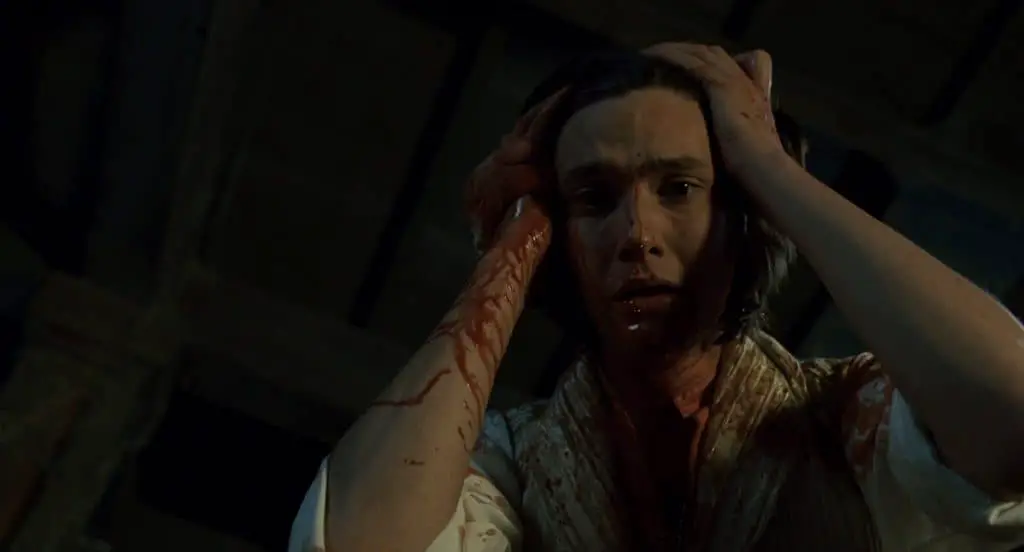
To understand how this happened, the director turns to the past of the hero, who arrived in London a year ago, where he inherited the house of his grandfather, Lord Kelso.
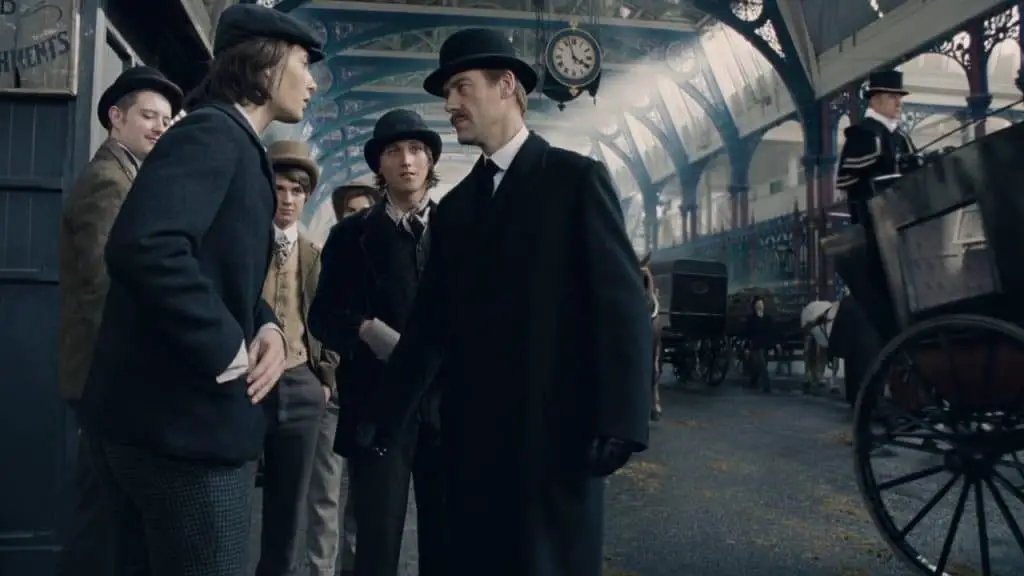
Young Dorian is naive, inexperienced, not sophisticated in social life: in three weeks he met only the charity circle of Lady Agatha and Basil Holward. Something like this Dorian appears before us in Wilde’s novel. Everything changes after the young man meets Lord Henry.
The beginning of their friendship in Parker’s film is very symbolic: Lord Henry treats Dorian, who had never smoked before, with a cigar. This is the first step – still relatively innocent – on the path of introducing the neophyte to the “joys of life”, which Lord Henry deals with more intensively in the film than in the novel. He also seduces Dorian with the idea of selling his soul to the devil in exchange for eternal youth, looking at the magnificent portrait of a young man, painted by Basil.
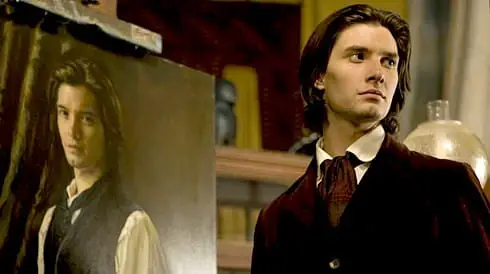
Dorian’s first love due to his selfishness ends in tragedy: the young actress Sibylla Wayne, whom he seduced, threw herself into the river. After her death, Dorian notices for the first time a strange change in the portrait that he keeps at home: a worm crawls out of his eye. The corpse worm symbolizes the beginning of the decomposition of the soul of Dorian, who, after the death of Sibylla, as they say, goes into all the bad – orgies, drugs, etc.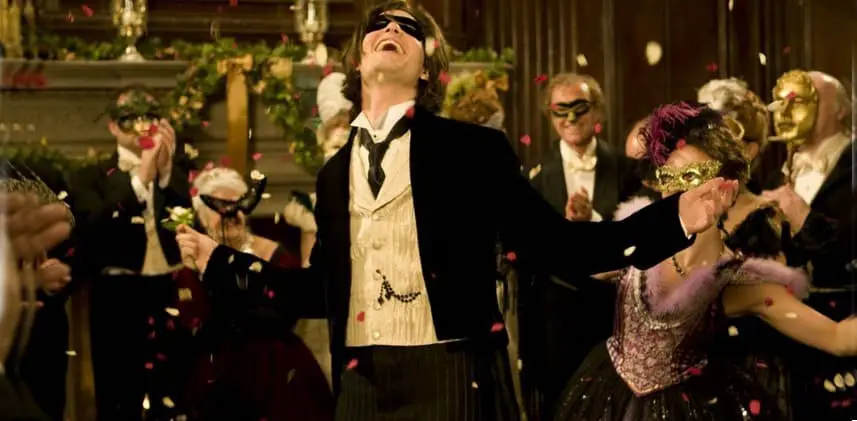
Why is the artist dying?
When Basil asks Dorian to borrow his portrait for the exhibition, he flatly refuses. A little later, Dorian seduces Basil, plunging him into mental confusion. The relationship between the artist and the model ends in murder: Dorian kills Basil, who came with a demand to show him the portrait. Dorian kills the artist for two reasons: both because Basil learned the secret of the portrait, which is aging instead of Gray, and because he created this portrait, endowed with devilish powers. Basil Hallward is the first to pay for the fact that, albeit unwittingly, he helped Dorian turn into a moral monster. After killing a former friend, Dorian hides his dismembered corpse in a suitcase and dumps it into the Thames, after which he leaves England for a long time. From this point on, the script of the film begins to deviate quite strongly from the plot of the novel.
Dorian kills the artist for two reasons: both because Basil learned the secret of the portrait, which is aging instead of Gray, and because he created this portrait, endowed with devilish powers. Basil Hallward is the first to pay for the fact that, albeit unwittingly, he helped Dorian turn into a moral monster. After killing a former friend, Dorian hides his dismembered corpse in a suitcase and dumps it into the Thames, after which he leaves England for a long time. From this point on, the script of the film begins to deviate quite strongly from the plot of the novel.
What is the meaning of the appearance of Emily – the daughter of Lord Henry?
Returning to his homeland from distant wanderings after many years, Dorian meets Lord Henry’s daughter, falls in love with her and hopes that her love will help him start a new life.

But Emily’s father is furious: he does not believe in Dorian’s feelings and does not want to see him next to his daughter. An ugly scene takes place at Emily’s house.
There is no character like Emily in Wilde’s original novel. The writer and director introduced it in order to highlight Lord Henry’s guilt and responsibility for what happened to young Dorian. Once Lord Henry pushed an inexperienced young man on the wrong path, and now he pays for it with the fate of his own daughter. At the same time, the viewer sees how Henry himself, his psychology and beliefs are changing: what seemed to him an amusing experiment with the human soul, now, when it comes to his own daughter, inspires disgust and horror.
But all attempts to separate Emily and Dorian are in vain: they get married.
What’s the point of the final scene?
Lord Henry has only one way to save his daughter from Dorian – to destroy the portrait. He enters Dorian’s house and finds a curtained portrait in the attic. Dorian, who caught up with him, first tries to convince Henry that this is a portrait of his grandfather, but to no avail. Then with the words “I became everything that you were afraid to be, but I always tried to be better than I am!” Dorian tries to strangle Henry. Tom manages to fight back, knocking out his opponent for a moment and ripping off the cover from the portrait, which depicts an ugly old monster. Wanting to do away with the portrait, the monster on which comes to life and growls, and with Dorian, Henry sets fire to the portrait, runs out of the attic, locks it and tears the gas lamp off the wall. An explosion should occur in a few minutes, but then Emily appears, who asks Dorian to give her the key so that she will release it. Dorian refuses to be saved: he does not want the monster that lives in him and growls from the portrait to break Emily’s life. Henry takes his daughter away, and the aged Dorian pierces the portrait with a sword and burns himself.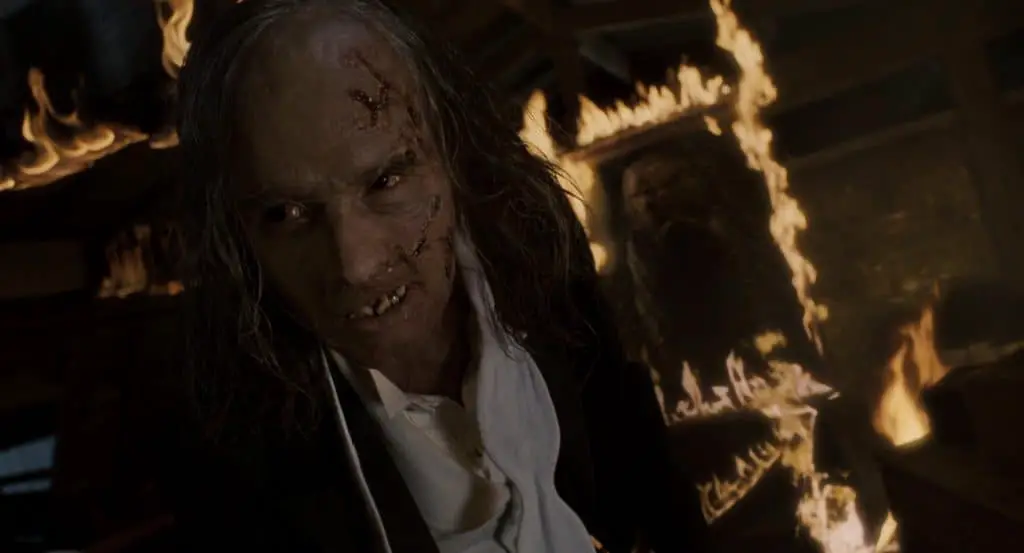
Thus, the viewer sees that whatever the sins of Dorian, human feelings still remained in him – love for Emily (he confesses before death that his heart belongs only to her), repentance and suffering. He acts as his own judge and executioner, forcing him to assume that if not for the coincidence, Dorian could have lived a different life.
What happened to the portrait
At first glance, such an interpretation contradicts the film’s slogan: “Young forever. Damned forever. ” If Dorian was capable of atonement for sins, is he cursed? All the dots above the i mark the last shots, where Henry, who has turned into a coughing old man rejected by his own daughter, looks at the portrait, which has become young again. When he leaves, the portrait’s eyes come to life. This means that the soul of Dorian has forever become a prisoner of the portrait, and she will not find salvation.








TYSM For taking the time to analyze the movie version of this classic without complaining about it, and that it’s “not so faithful to the novel.”